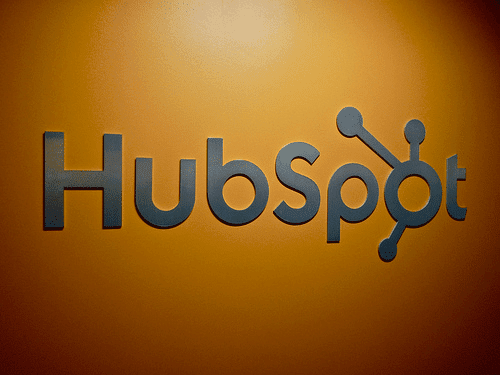This blog post is part of “The Ultimate Guide to Web Development” blog series.
Open source Content Management Systems (CMS) are the most popular web development platforms for most businesses. Why? Because open source CMSs give you the flexibility to build whatever you want and are supported by vast communities of developers, themes, and plugins to add flexibility. The main benefits of this is that you get complete control of your web content, more features than any managed CMSs, an abundant supply of freelance and agency designers and developers available to support you. This is an overview of the three most popular open source CMSs: WordPress, Drupal, and Joomla.
Similarities
There are shared features among WordPress, Drupal, and Joomla, namely:
- All are free and open source software licensed under GPL.
- All three of them are written primarily in PHP.
- They all support MySQL as the database management system. (WordPress exclusively supports only MySQL, while Joomla and Drupal support other database management systems.)
- All three of them use themes and templates for the visual appearance of sites, and plugins, modules, or extensions for extending features.
- As open source software, they are all community-driven projects.
WordPress
WordPress began its life as a blogging platform and has since expanded into the most popular CMS on the planet. At last count, more than 59 percent of websites are built using WordPress, and it supports 4,000 free themes and 45,000 plugins. This means that there are lots and lots of resources available in the form of freelance web developers, themes, and plugins that you can tap into to build and customize a WordPress site. It has been said that if you can imagine something that you want your website to do, WordPress can be configured to do it. Someone may have already created a plugin to make it so. Most of the themes and plugins for WordPress can be found directly on the WordPress platform.
WebsiteSetup.org says that with WordPress, “you can easily tap into the millions of people already using and supporting it. Their support forum includes helpful contributors that can answer any question you might have, within minutes.”
Drupal
Drupal is considered by many to be an “enterprise-class” CMS, with ready integrations to systems like ERPs (Oracle, SAP) or other business applications. It is used by 4 percent of the world’s websites, offers 1,000 free themes and 34,000 plugins. Drupal comes “out-of-the-box” with a more fully realized website building architecture, meaning it doesn’t require as much initial setup as WordPress, but it is more difficult to customize. There are themes and plugins available, but not as many as with WordPress. Also, you have to find the themes and plugins for Drupal on your own.
According to WebsiteSetup.Org, “Anyone considering Drupal should have at least a basic knowledge of HTML, PHP and other common web programming languages. You don’t need to be an expert necessarily, but being able to troubleshoot error messages and identify code problems will be a HUGE benefit.”
Joomla
Joomla is a bit more complex than WordPress, but less complex than Drupal. Joomla is, “Great for e-commerce or social networking websites, but requires a basic understanding of technical skills,” according to WebsiteSetup.org. Some argue that Joomla is more customizable than WordPress because WordPress includes features that prevent non-coders from inflicting serious harm to websites. That might be a good thing. Also, with that flexibility comes a drop in ease of use. Joomla powers 3 percent of the world’s websites, offers 1,000 free themes, and 7,000 plugins. As with Drupal, you have to find the themes and plugins for Joomla on your own.
Our Pick
We recommend WordPress for clients that want to build a business-oriented website, because WordPress offers the most resources and support, and because it strikes the best balance between flexibility to create anything and ease-of-use for end users. Yes, you need a coder to implement some features, but you don’t need to be a coder to manage and maintain the site, and just about anyone can edit content, add new pages, and make basic website changes.
This blog post is part of “The Ultimate Guide to Web Development” blog series.




